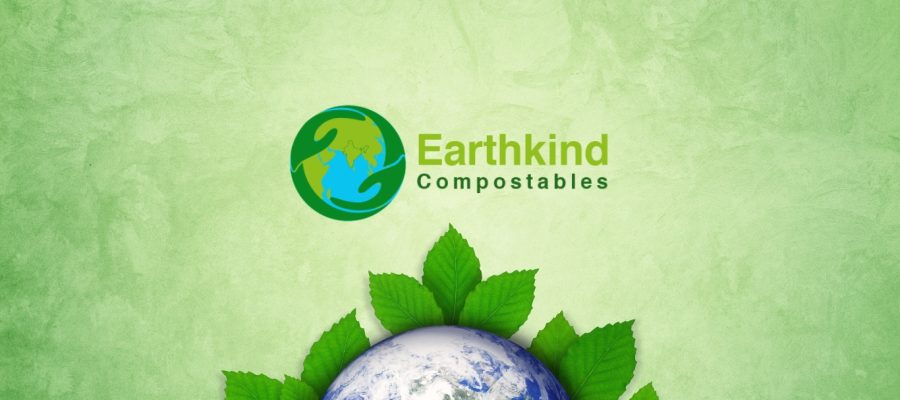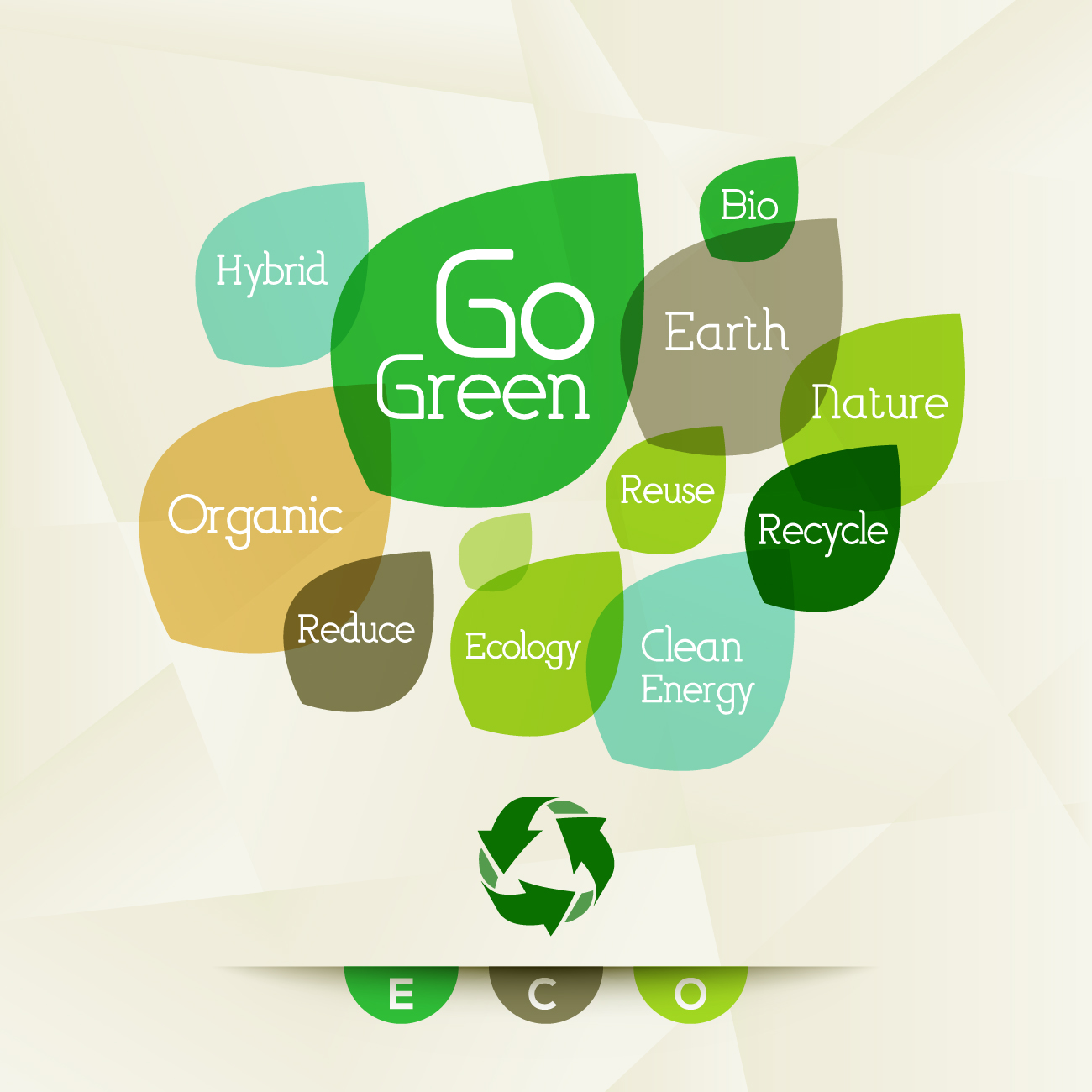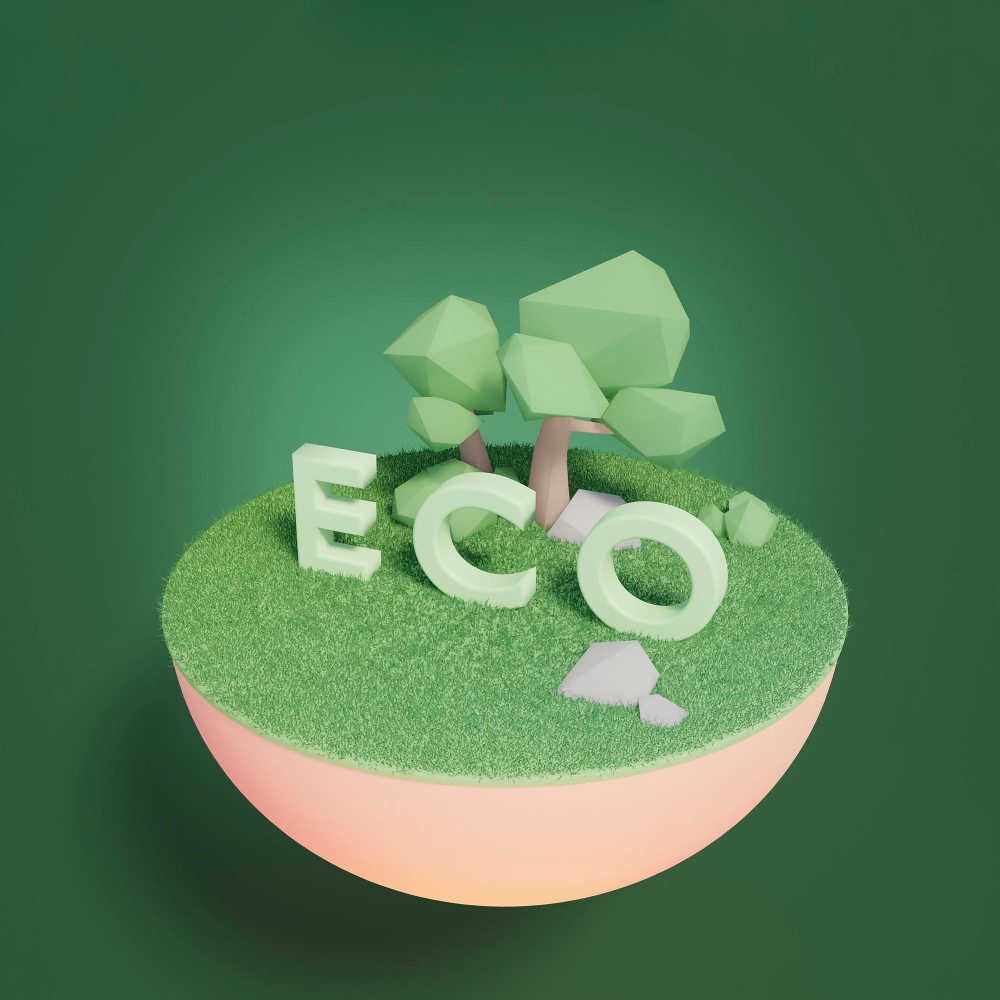Introduction
With growing awareness about sustainability, terms like “compostable” and “biodegradable” are often used interchangeably. However, they have distinct meanings and environmental impacts. While both refer to materials that break down naturally, the process, timeline, and end results vary significantly. Understanding these differences helps in making informed choices that benefit the planet.
What Does Biodegradable Mean?
Biodegradable materials are those that can break down naturally over time with the help of microorganisms like bacteria and fungi. However, biodegradable doesn’t always mean environmentally friendly. Some biodegradable plastics still leave behind microplastics, which can contaminate soil and water. The decomposition time varies widely—some materials break down in a few months, while others take years.
What Does Compostable Mean?
Compostable materials, on the other hand, are designed to fully break down into natural elements like water, carbon dioxide, and organic matter in a composting environment. These materials don’t leave behind harmful residues and can enrich the soil with nutrients. Compostable products usually have a faster decomposition rate than biodegradable ones and require specific conditions, such as heat, moisture, and microorganisms, to break down efficiently.

Key Differences Between Compostable and Biodegradable
Feature Biodegradable Compostable
Breakdown Process Natural decomposition with microorganisms Requires composting conditions
Time to Decompose Can take months to years Typically breaks down within 90-180 days Residue Left Behind May leave microplastics Turns into organic matter, enriching the soil Environmental Impact Can be harmful if not properly disposed of Eco-friendly with no toxic residue Recycling Compatibility Some biodegradable plastics cannot be recycled Not recyclable but ideal for composting
Which One is Better for the Environment?
While both options are better than traditional plastics, compostable products are generally the more sustainable choice because they completely break down without leaving pollutants behind. Biodegradable materials can still contribute to waste and may require long periods to decompose, especially in landfills.
How to Choose the Right Option?
Check Labels: Look for certified compostable or biodegradable labels from recognized organizations.
Proper Disposal: If using compostable products, make sure to dispose of them in a composting facility rather than regular trash.
Reduce Waste: The best approach is to minimize waste by choosing reusable and sustainable alternatives whenever possible.
Conclusion
While both compostable and biodegradable materials offer eco-friendly benefits, compostable products are the best choice for minimizing pollution and enriching the soil. Understanding the difference between the two can help individuals and businesses make more sustainable choices and contribute to a greener future.





